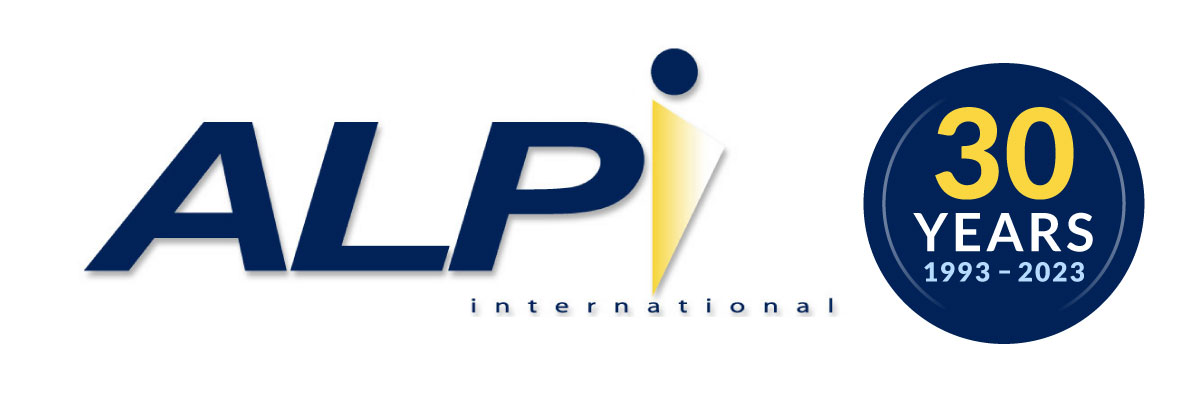Applying Verification & Validation (V&V) Standards to Software Development and Testing
Course Description
Software products and systems need assurance adequate for the importance of their use. To the extent their failure will incur significant social, financial, or safety costs, they need to be systematically assessed and authoritatively appraised. Verification and validation (V&V) is a well-proven systems engineering approach to quality assurance. It draws upon static and dynamic methods for reducing risk in the development, acquisition, and use of the software.This course teaches the updated IEEE 1012-2004 Standard and will treat the major components of V&V in a concrete manner, weaving ongoing cases studies. Participants will engage in active analysis, decision-making, and discussions with one another and receive their own copy of the IEEE Standard to take home with them at the end of the course. Conducted by a seasoned industry veteran who has been active on the IEEE standards working group for V&V, this course addresses the development and application of V&V techniques to a wide range of contemporary issues including what you need to do within V&V to support CMMI.
Duration
2 day(s)Time
9 - 5 pmPrice
$1,500Labs
Exercises will be used throughout the course to reinforce V&V concepts.
Intended Audience
You may need to organize, manage, or participate in verification and validation tasks within a development or acquisition project. You may have to assess the need for V&V activities or to evaluate potential V&V contractors. It may be mandated for certain critical applications and has been successfully used in major projects by numerous government organizations including NASA and the FAA. If assurance of software products is your concern, this course will provide the tools needed for success.
Prerequisites
Acquaintance with software development or acquisition issues. Some insights into project management, quality assurance, or testing would be helpful.
Outline
What is V&V?Why do V&V?
Who does V&V?
Overview of the V&V Effort
Establishing Integrity Levels
Static Techniques
Dynamic Techniques
Testing Lifecycle
Performance of V&V Tasks
V&V for All Software Lifecycle Processes
Independence of V&V
Special Concerns
